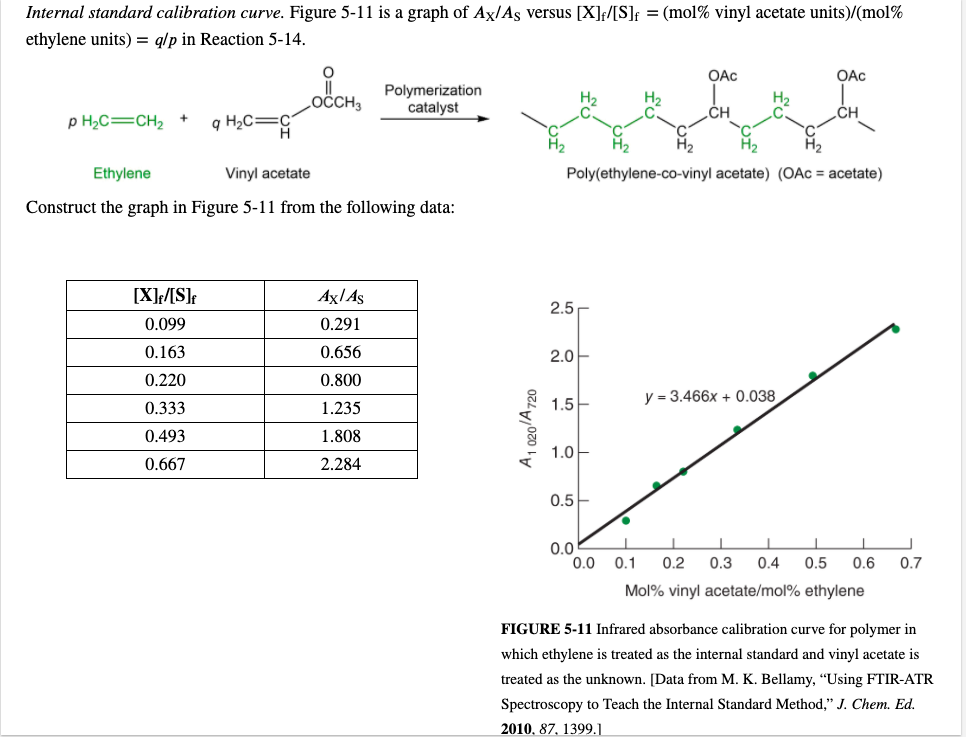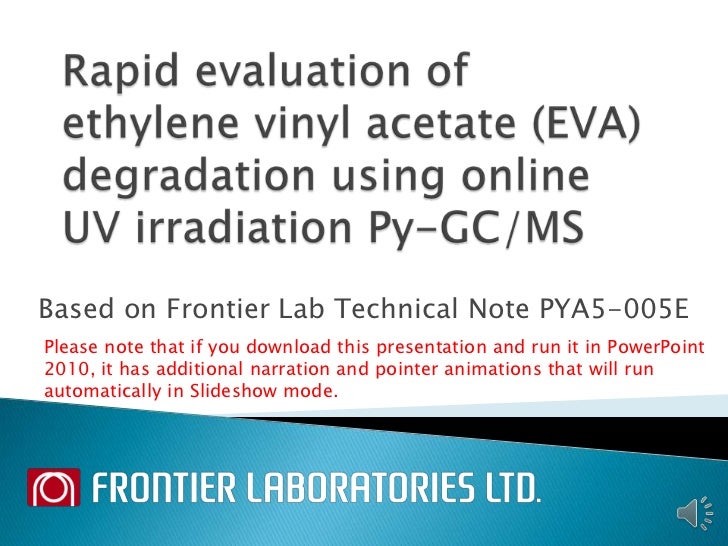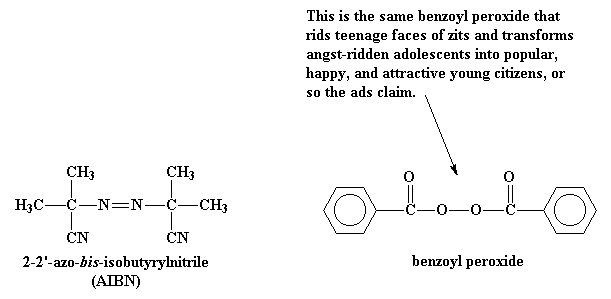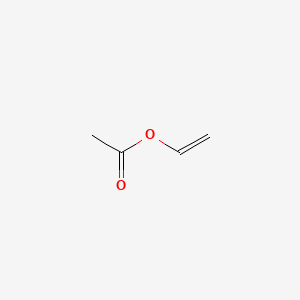Ethylene Vinyl Acetate Polymerization Process

Also disclosed are coatings and films comprising the present eva waxes that exhibit sufficient adherence to and.
Ethylene vinyl acetate polymerization process. The application of factorial experiments to optimize the ethylene vinyl acetate emulsion polymerization process is described herein. Eva copolymers are commercially used predominantly in the areas of coating laminating and in the film industries. The evoh copolymer is an excellent oxygen barrier due to its recyclability and transparent nature which makes it an ideal film for food packaging 1 2. Ethylene vinyl acetate polymerization process download pdf info publication number.
The ethylene vinyl acetate eva copolymer can be prepared by copolymeriztion of ethylene and vinyl acetate then alcoholized to form ethylene vinyl alcohol evoh copolymer. To ensure good product properties and to optimize conversion and production rates the polymerization reaction is carried out at 2000 2600 bar tubular. Ethylene vinyl acetate eva also known as poly ethylene vinyl acetate peva is the copolymer of ethylene and vinyl acetate the weight percent of vinyl acetate usually varies from 10 to 40 with the remainder being ethylene. Authority us united states prior art keywords ethylene vinyl acetate weight copolymer water prior art date 1951 09 04 legal status the legal status is an assumption and is not a legal conclusion.
Disclosed are ethylene vinyl acetate eva copolymer waxes comprising at least about 10 by weight of moieties derived from vinyl acetate the copolymer having a polydispersity mw mn of at least about 6 and a molecular weight mw of from about 15 000 to about 40 000. 12 8 1 ethylene vinyl acetate eva is a copolymer of ethylene and vinyl acetate va segments typically formed via free radical polymerization. Vinyl acetate c4h6o2 cid 7904 structure chemical names physical and chemical properties classification patents literature biological activities safety. Process description versalis tubular and autoclave processes are based on high pressure free radical initiated polymerization of ethylene and vinylacetate monomers to give eva.
Eva generally contains 1 50 of the va comonomer along the carbon chain backbone. Synthesizing vae emulsions vinyl acetate ethylene vae emulsions are based on the copolymerization of vinyl acetate and ethylene in which the vinyl acetate content can range between 60 and 95 percent and the ethylene content ranges between 5 and 40 percent of the total formulation. A prior extensive experimental phase identified those variables that are most important for ethylene vinyl acetate emulsion copolymer production.













































